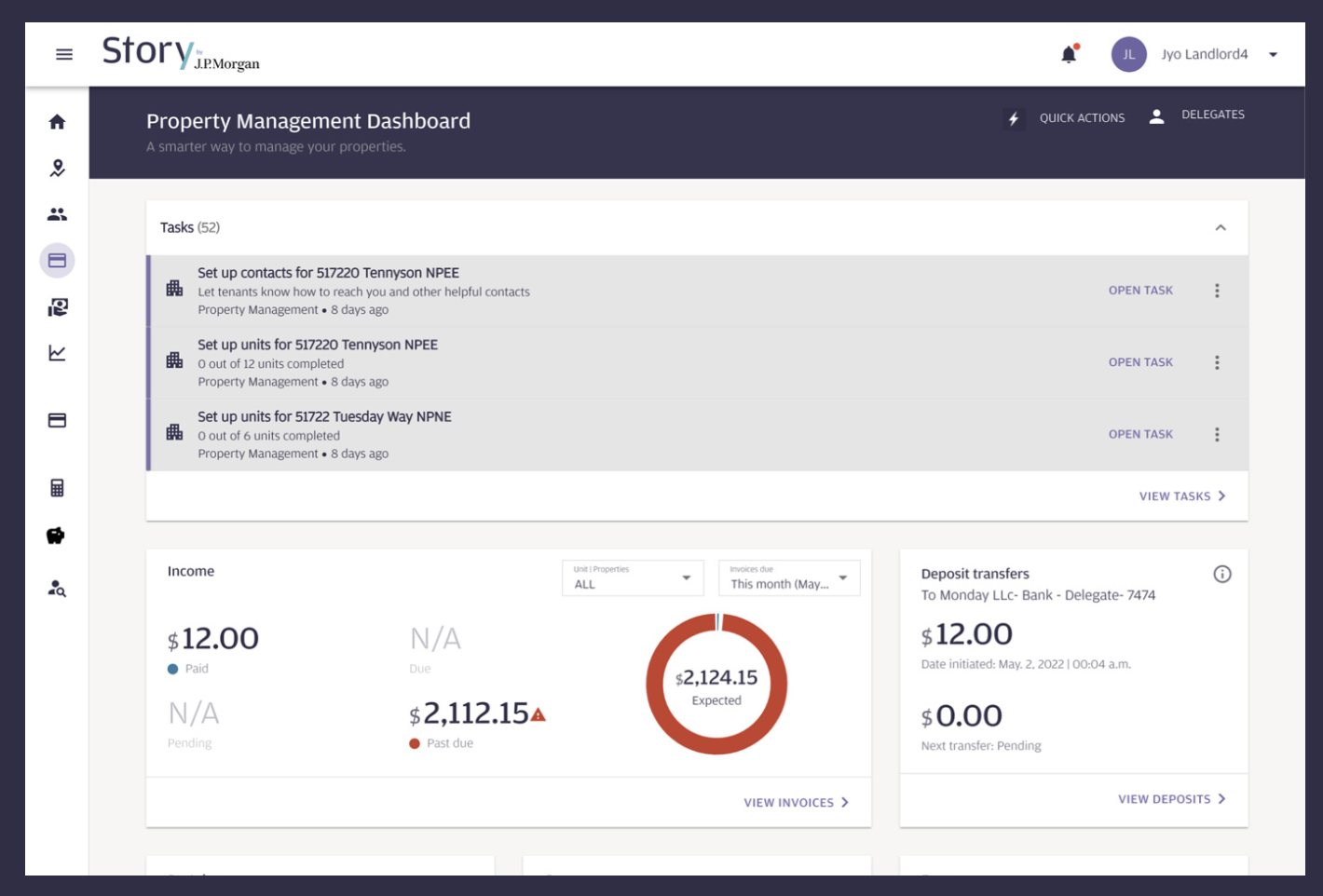Dust off your resumes. Companies large and small will be embracing or fending off suitors this year, and since merger-and-acquisition (M&A)activity always means staff consolidation—also known as layoffs—some of the biggest beneficiaries of such deals will be outplacement firms and headhunters.
There’s plenty of money around to make this happen. Private equity firms have identified payments as an area ripe for their attentions, in part because the sector offers their investors predictable and recurring revenues, but also because it has high organic growth rates and, aside from a handful of giants, many small firms that can be picked up cheaply.
“Private equity companies pulled in something like $111 billion for this year, and they’ve got to use it somewhere,” says Richard X. Bove, a banking analyst with Punk Ziegle & Co. “They have to buy a lot of things, and a lot of big things, and they have to put that money to work.”
Another reason for accelerating M&A activity: Payments is a commodity business so competitive that almost the only way to grow is to buy companies for their customers. And larger, established companies need to grow, or suffer the wrath of Wall Street. That combination will prove deadly this year to attractive targets.
When they do put that money to work, expect long-established company names to disappear, along with many of their jobs. “They have to add value, and add value quickly, and since they don’t know how to build businesses, they strip them, so there will be a lot of pieces (of acquired businesses) available if they buy them,” says Bove.
There were 113 closed acquisitions of various sizes last year, according to Mercator Advisory Group, and while Mercator has no estimate of the dollar value of those deals, it expects the pace of this year’s M&A deals to be brisk in the payments space—especially those originating from private equity funds, which find such deals relatively easy to sell to their investors.
“They have a hard time finding businesses that have recurring and predictable revenues going forward, and payments companies are like that, so even if the growth rate (of individual companies) isn’t what it used to be because of the maturation of the industry, private equity firms are interested,” says Evren Bayri, who tracks deals as director for the company’s credit advisory service.
Predictable, recurring revenues play a useful role in smoothing investment results, an important quality for organizations like pension funds, which need reliable revenues to fulfill obligations to their pensioners. That smoothing effect is widely considered to be one reason Morgan Stanley decided to hold on to, and grow, its Discover Financial Co. unit, even if its performance trails its competitors.
This year’s deals may be largely emerging from private equity firms, but that’s hardly to say all those deals will be small; last year, a consortium of private equity groups bought IT giant SunGard for a reported $10.8 billion. Also last year, Texas Pacific Group and Thomas H. Lee Partners, both private equity investors, invested $500 million in Fidelity National Financial Inc.’s Fidelity Information Services unit, following a failed attempt to raise several billion dollars intended to buy the whole company. Later last year, Fidelity merged the unit with Certegy, effectively spinning off Information Services and, in what was widely viewed as a side-benefit, diluting the holdings of Texas Pacific and Lee, while giving them an exit if they wanted one.
Private equity-financed deals aside, expect some really big, traditional corporate M&A deals to make headlines this year, says Bove. Think J.P. Morgan Chase & Co. buying First Data Corp., he says, or Marshall & Ilsley Corp. spinning off Metavante.
First Data, thinks Bove, may sell itself off piece by piece and distribute the proceeds to its shareholders. There’s some indication this may occur: On March 7, First Data Inc. sold its BidPay.com unit to CyberSource for $1.8 million in cash—an admittedly tiny deal, but one that may promise more to come. But in his opinion, it’s more likely that Morgan/Chase will buy it.
“I’m convinced that Heidi Miller is going to do the next major acquisition—she took control of that operating division to prove she could run a company, and she’s proved it—and First Data would be right up her alley” because First Data would fit into Chase’s plans to dominate the payment processing space, says Bove. Miller is a Morgan/Chase executive vice president, and ceo of its enormous Treasury & Securities Services unit. First Data and Morgan/Chase say they don’t comment on market speculation.
As for Metavante: Bove has long thought that Marshall & Ilsley needs to spin off its payments unit in order to realize its value. “M&I has reached the point where they can’t get the overall holding company stock to go higher, and I think the only rational solution is to spin out Metavante, which they tried to do before,” he says. Marshall & Ilsley says it has no plans to spin off the unit.
One other possibility for a big deal this year? Bove expects Mellon Financial Corp. to beef up its large and well-regarded payments business this year through acquisitions.
“I think Bob Kelly (Mellon’s new CEO) was put in place for the purpose of expanding that business through acquisitions,” says Bove. Mellon denies this, saying that “Bob Kelly’s focus at Mellon is on organic growth.”
Such headlines will be flashy if they appear, but the most disruptive force on day-to-day life in the payments space is more likely to be smaller, less ostentatious acquisitions by private equity firms or the companies they invest in, intended by those shops as the kernels of new businesses, built around newer technology and innovative business models.
“The whole idea is to make a small-margin business into a wide-margin business,” says Andrew Dresner of Mercer Oliver Wyman. “What (acquirers) are looking for is a scalable model, where if you add volume, you increase your margins.”
Payments has those characteristics, says Dresner, because the underlying payments sectors have high growth rates in and of themselves—whether individual companies are matching that growth or not—and because the areas with the highest growth rates are still the domain of relatively small, innovative companies.
“That offers opportunities to do rollups,” he says. “You buy a pretty good company, and use it as an acquisition engine to pick off a lot of small companies. So you turn a small company in a high-growth industry into a big company in a high-growth industry; they’re not looking at these companies for what they have on the table today.”
One such suspect: Pay By Touch, which has attracted $320 million in new investment capital since last September—much from private equity funds—for its biometrics-based payments model. The company says it’s using that money to, among other things, grow by buying customers.
Last year, for instance, Pay By Touch bought 120,000 merchants when it acquired the assets of CardSystems Solutions late last year for $47 million in cash and stock. And in January, it closed on an $82 million acquisition of Bio-Pay, a former competitor with more than 2 million customers.
Companies like Pay by Touch may be the beneficiaries of this phenomenon, but the companies they buy are not. “If it’s a vendor play, and they’re buying a smaller company with similar technology for its customer base, I certainly see people losing jobs,” says Bayri. Even in the case of a real merger, with both parties bringing something to the table, he adds, “You see engineering jobs being cut as they consolidate the R&D staff; then they beef up the sales staff.”
The companies doing the buying—or financing it—really shouldn’t be blamed for any job losses, though, even if they are the agents of it. It’s more in the nature of business: The private equity companies, for instance, are under pressure to perform financially, so following an acquisition, they typically begin by claiming they are returning the acquired firm to its core competencies.
As a practical matter, however, they begin laying people off, avoiding new investment in areas like research and development, and selling off subsidiaries. “They strip down the company, eliminate the costs, and make it look profitable in the short term,” says Mercator’s Bayri.
Such activity isn’t common yet, but he expects it will, if more private equity firms enter the fray; in the last year, Bayri says most M&A activity was “mostly bigger players buying smaller players, or vendors buying specific products that target specific segments.” Likely sectors: Mobile payments, health care payments, micropayments, stored-value cards, and e-commerce generally, says Dresner.
When the dust settles, the result will be mushrooming companies apparently coming out of nowhere to dominate their niche and eventually get very big. “The forces for consolidation in payments are enormous,” says Dresner. “It’s a scale business with a heavy technology business, so they all go down that path, be it merchant acquiring or PIN debit or what have you.” (Contact: Punk, Ziegel & Co., Richard Bove, 727-545-0505; Mercator Advisory Group, Evren Bayri, 781-419-1700; Mercer Oliver & Wyman, Andrew Dresner, 646-364-8444)














